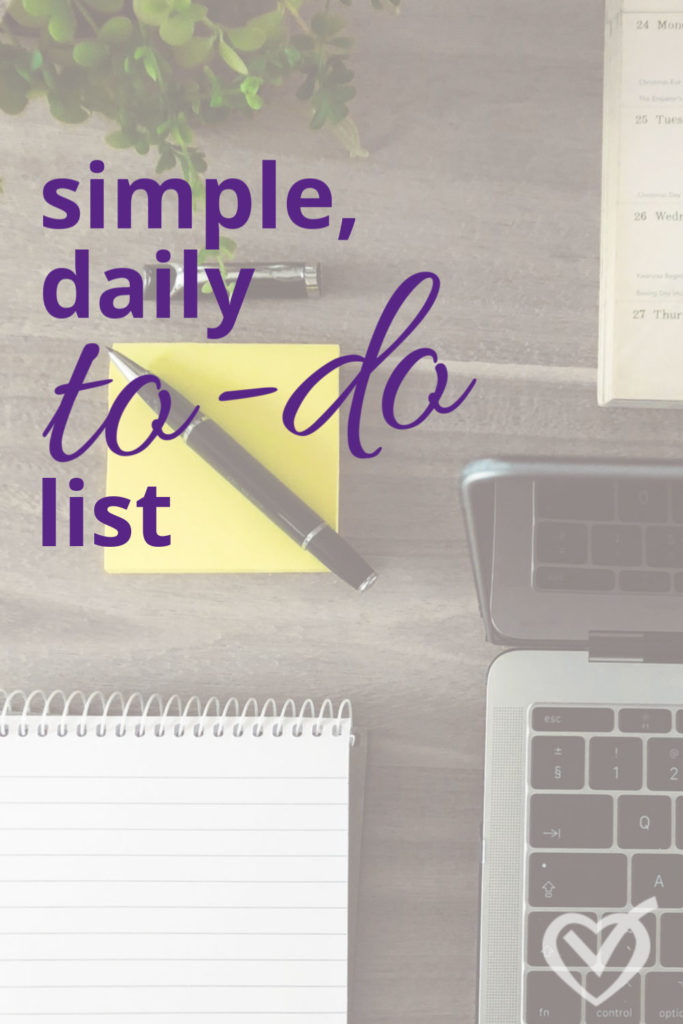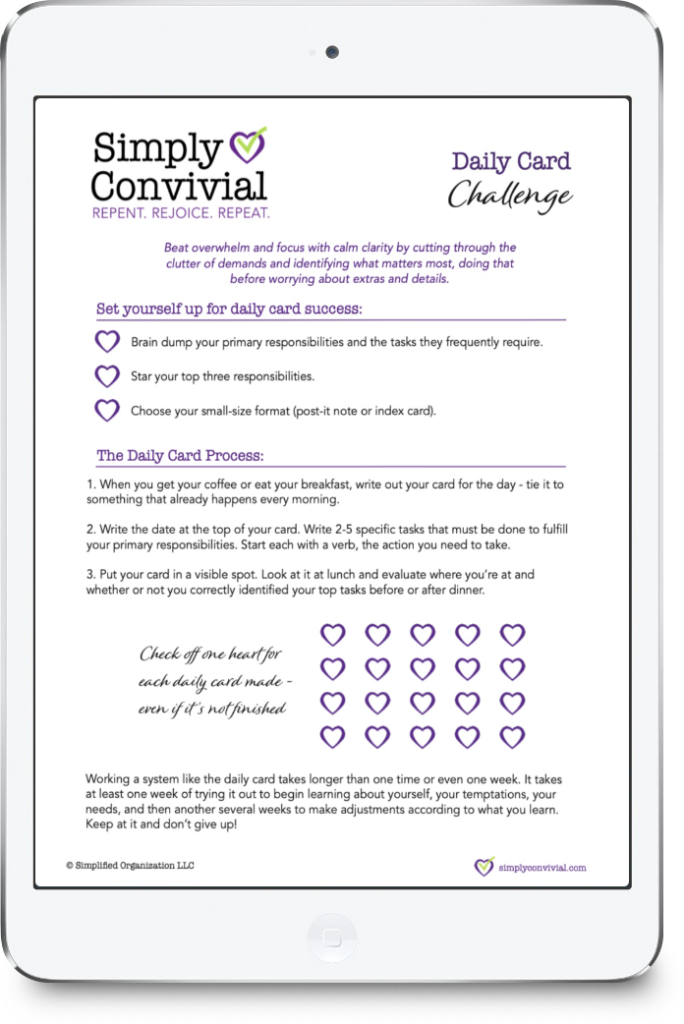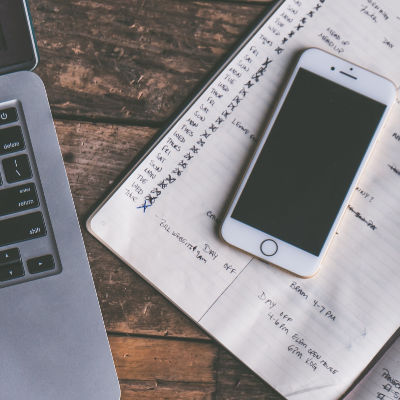Have you ever been frustrated trying to use a planner? Have you ever worried that you spend more time making a plan than doing it? I have a quick planner hack that streamlines the process and keeps me focused on the most important things to do each day: a short daily to-do list.
I know, planners are pretty. They’re fun. But a lot of the ones that we can buy pre-printed, packaged, ready to go are actually over kill. They contain sections and questions and areas that maybe (maybe!) work for the person who designed it and implemented it, and maybe they work for some people, but just because a tactic or a format works for one person does not mean that it’s the thing that will work for anyone and everyone.
Instead of searching for and continually trying for that planner that will magically, suddenly make us into planners—not just make a plan but then do the plan—we need to find planning strategies that are simple, streamlined, and personalized. And that’s the planner hack I have for you today.
Need a consistent daily plan?
Try to figure out what you need to make a consistent daily plan that actually works. We have to think about what the point of it all really is. Why have a planner in the first place?
Why write things down? And you’ve probably thought about that already, maybe in the spirit of ‘Do I have to?’ or ‘What’s the point because I seem to just be wasting my time?’ And the reality is that a lot of planning is wasting time, but that’s because of the kind of plan that we make and not that all planning is always a waste of time.
When we make plans that are based on wishful thinking that’s a waste of time. We need to plan for right now, our current reality, our current responsibilities, and then our plan will be effective.

An index card for daily productivity
I think that a good question we can ask is, what’s the least amount of effort that I have to do to create an effective plan, a plan that I will use and follow through on? And my answer to that question is all you need is a post-it note!
Using a post-it note to make our daily plans helps us remember that not only our time, but even our energy and our attention, our abilities, are limited. We can’t do everything that we might be keeping on some other to do list.
We have to pick the things that are most important. And then we write down the things that are most important on a small piece of paper that we can keep in front of our face.
Then we are more likely to follow through on tasks because they’re not vague, nebulous “I coulda, shoulda, some day do this thing.” We have specified and written down and thought about what it is we actually have to do.
Watch: Keep a short daily to do list
So, on your post-it note every day, at the beginning of the day or maybe at the end of the day (the day before) write down your top three things. That’s a hard thing to do. It’s a skill that we have to practice. And we will get better and better the more we practice it at choosing what those top three things really are.
But the exercise of having to choose, having to narrow it down and pick three, is all a part of what makes it actually work because the best planning is mostly a thinking exercise. It’s not that in writing something down it’s more likely to happen.
In reality, it is having thought about it and putting our priorities and what we need to be paying attention to top-of-mind and visible in front of our faces that makes it actually able to happen.
Our minds are for thinking and we need to give ourselves the time and the prompts to actually think about what’s most important just today. And the daily card (or post-it note) is an exercise that helps us do just that.
Because we are limited—we’re limited in time, we’re limited in resources, we’re limited in energy—our to do list also needs to be limited.
And the tiny size of a post-it note is a visible reminder of that. Writing what needs to happen out by hand every day helps us focus on our priorities. It allows us to adjust the plan as needed as life unfolds. And it puts our responsibilities right in front of our face.
The great thing about a post-it note is that it’s sticky. I can put this on the top of the computer monitor. I can put this on the front cover of my planner so that it’s right there. I can put it on the back of my phone and have it right with me in my pocket.
A post-it note is super flexible and can help us keep our priorities visible. And that’s really key because a planner (no matter what kind of planner) will not work unless you look at it!
So, I challenge you to try out this quick, simple, cheap option for your own daily to do list. Try it for at least a week. Give it a fair shot. Practice and see what happens.
An index card will make a daily to-do list short.
After years of trying numerous methods and papers for my daily list and never really being happy with them, I’ve finally landed on a way that has stuck, that helps by its very nature, and that I’m happy to share with anyone who will listen.
I keep my list on a simple index card. I write a large capital I to make columns and rows. The top row gets the date written out. The left column is for the one or two most important “work” goals for the day (for me, “work” means homeschooling). The right column is for the one or two house-related tasks that would make the biggest impact in my sanity that day. Then the bottom column is for one or two personal project goals for that day (usually blogging for me, but sometimes other events I’m helping with).
With such limited space, I’m forced to keep my to-do list short, which is another way of saying realistic.
Make This System Useful For You
This system is great because it’s very flexible and customizable. Everyone has a different set of responsibilities and priorities. The index card method reminds you by its very nature to focus on your priorities and to not overestimate what you’re able to get done.
Related: Index Card
Organization System

Get the important things done each day.
Take the daily card challenge and become more effective in your home.


I’m excited to try this out! Narrowing down my 3 priorities is going to take some practice. I do laundry daily, homeschool, and try to do one cleaning item. Does that mean my 3 are covered daily? Ha ha and trying anything else is over planning? And maybe why I can never get ahead on anything ???? or do laundry and cleaning not count?
Hi Chandelle! Laundry and homeschool are pretty big and vague. The goal of the top 3 list is not to only do 3 things in a day, but to identify the 3 most important things that must be done that day. There are seasons where that includes laundry, and seasons where laundry is on the, well, laundry list of other tasks or on the regular routines that are getting done on mostly autopilot.